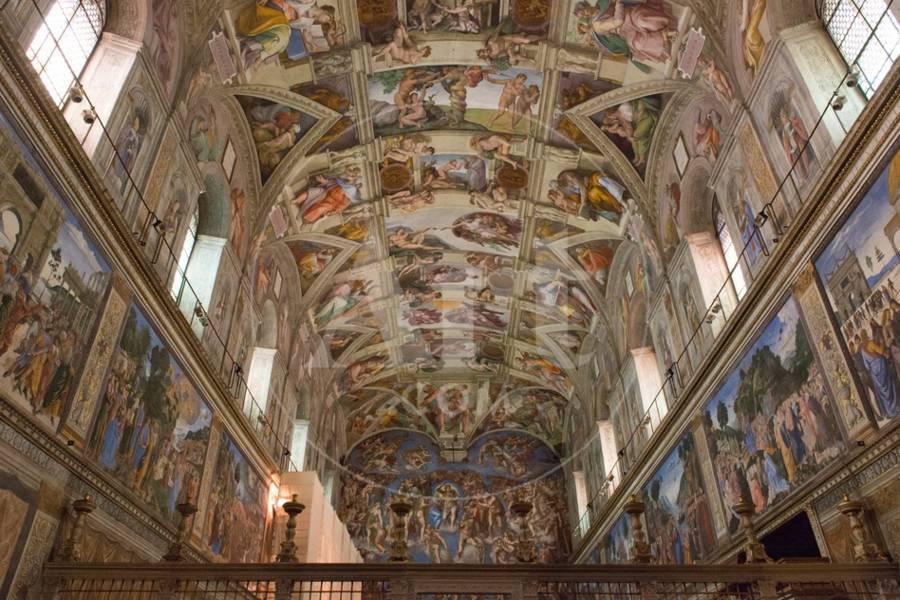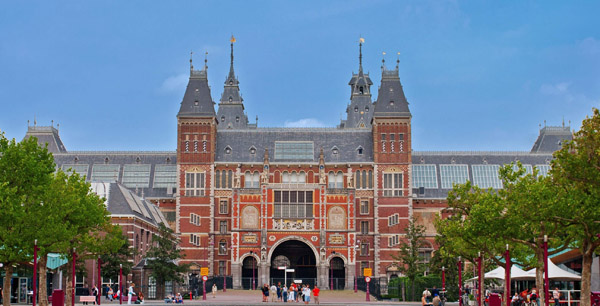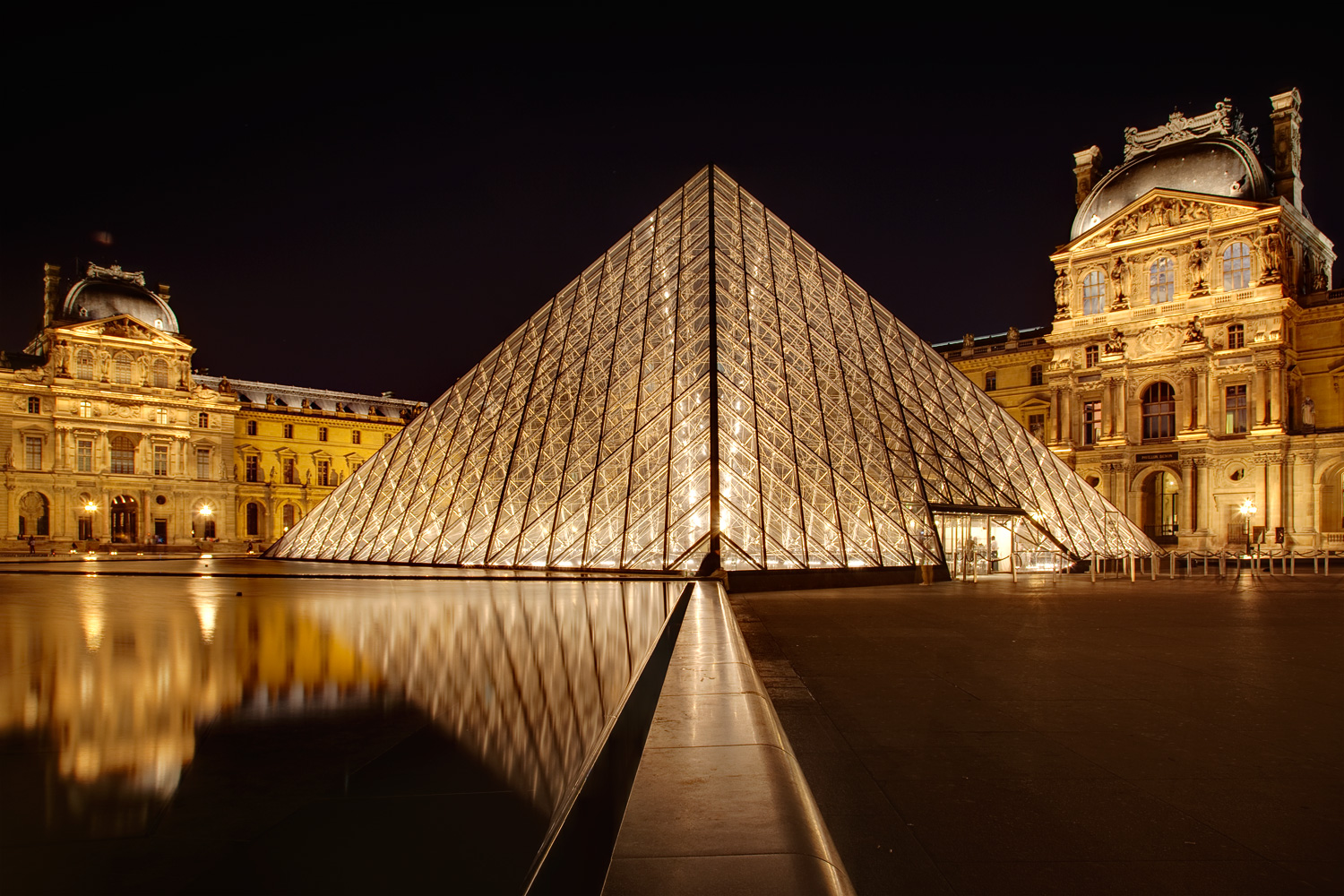Europe is home to breathtaking historic cities, culinary diversity, famous retail stores, and spectacular natural beauty that will leave anyone in awe. Europe is full of amazing museums that feature thousands of the world’s masterpieces. From the National Gallery in London to the Hermitage in Russia, Europe boasts some of the best museums in the world. Whether you want to admire contemporary arts or classical arts, here are the best art museums and galleries you should visit.
Louvre, Paris, France
The Louvre art museum is the largest art museum in the world, standing in an area of 72,735 m2 and boasts approximately 38,000 objects. Part of the Louvre Palace, the museum is considered a historic monument in Paris. It has an incomparable collection of art pieces, which covers the full spectrum of art through the ages, spanning from the sixth century B.C to the nineteenth century A.D. The Louvre’s collection varies from Egyptian antiques, ancient Greek and Roman sculptures, artifacts from the French nobles, as well as painting the Old Masters. Visitors will be enchanted by the enigmatic smile of Leonardo da Vinci’s “Mona Lisa,” which is one of the most famous works in the museum. The painting is flanked by guards and bullet-proof glass to protect it. Other famous collections include “Winged Victory” and “Venus de Milo.” Visitors can also admire “Psyche Revived by Cupid’s Kiss” by Antonio Canova, “Liberty Leading the People” by Eugene Delacroix, and thousands of other artworks.
The Vatican Museums, Rome, Italy
Located in Vatican City, The Vatican Museums (Musei Vaticani) is one of the most popular attractions in Italy. Along its 7 km of halls and corridors is a wide range of art collections, extending from Egyptian mummies to modern paintings. One of the highlights of this museum is Raphael Rooms, which made up of four opulent suites created by artist Raphael and his students. Located on the second floor of the Pontifical Palace, the Raphael Room contains huge frescoes. One of the most famous is “The School of Athens.” Other popular parts of the museums include the Gallery of Maps, the Chiaramonti Museum, the Pio-Clementino Museum, the Gregorian Etruscan Museum, the Gregorian Egyptian Museums, the Borgia Apartment, the Gallery of Tapestries, as well as the Spiral Staircase. However, the main attraction of the Vatican Museums is the Sistine Chapel, which is renowned for its frescoed ceiling by Michelangelo. It also contains Michelangelo’s portrayals of “The Last Judgement,” “The Fall of Men,” “Expulsion from Paradise,” and “The Creation of Adam.”

Rijksmuseum, Amsterdam, Netherlands
Featuring thousands of old paintings, the Rijksmuseum is the most important and largest art museum in the Netherlands. The building itself is stunning, built-in 1885 by Pierre Cuypers with a stunning neo-Gothic style. The museum possesses 80 rooms that display approximately 8000 artworks and historical objects, including paintings by Rembrandt, Frans Hals, and Vermeer. Rembrandt’s “The Night Watch (Nachtwacht),” which is the iconic large portrait of the civic guard, is probably the highlight of the museum. People also flock to Vermeer’s “The Milk Maid (Het Melkmeisje), Gerrit Berckheyde “Golden Bend of the Herengracht (De Gouden Bocht in de Herengracht),” as well as Vincent Van Gogh’s self-portrait. The museum also boasts a small Asian collection, which is displayed in the Asian pavilion.

The National Gallery, London, United Kingdom
Home to artworks by artists such as Van Gogh, Botticelli, da Vinci, Titian, Rembrandt, and Turner, The National Gallery has one of the greatest collections of paintings in the world. The museum offers its visitors to explore the story of European Art. Founded in 1824, the museum now has more than 2300 paintings from the mid-13th century to the 1900s. The building was designed by William Wilkins between 1832 and 1838, but it has been expanded numerous times throughout the museum’s history. The highlights of the museum’s collections include “The Virgin of the Rocks” by Leonardo da Vinci, “The Arnolfini Portrait” by Jan van Eyck, “The Fighting Temeraire” by J. M. W. Turner, “The Ambassadors” by Hans Holbein, and “Sunflowers” by Vincent Van Gogh.
The Hermitage, St. Petersburg, Russia
The Hermitage is St. Petersburg, Russia is the second-largest museum in the world. Established in 1754 and opened to the public in 1852, it is also one of the oldest museums in the world. It has six buildings in the main museum complex, five of which are open to the public. The museum houses Egyptian antiquities, Classical antiquities, jewelry, and decorative art, prehistoric art, Italian Renaissance, Italian and Spanish fine art, Dutch Golden Age and Flemish Baroque, Knights’ Hall, Russian art, German, Swiss, British, and French fine art, as well as French Neoclassical, Impressionist, and post-impressionist art. Inside the building, visitors are welcomed by the amazing hall and staircase, which is the first chamber you visit when you enter the museum. The Hermitage is also one of the busiest museums in the world, with 3 million visitors each year.
Guggenheim Bilbao, Spain
This contemporary art museum is designed by Canadian-American architect Frank Gehry. Before visitors enter the museum, they will be amazed by how amazing the design is. It is one of the most iconic buildings in Spain and is said to spark the city’s inspired regeneration. The building is also known as one of the greatest building of our time. Some people say that the structure of the museum is more famous than its content. However, the collections of Guggenheim Bilbao are just as fascinating as the structure. It has artworks by impressive artists such as Mark Rothko, Andy Warhol, Richard Serra, and Jeff Koons, it also has thematic exhibitions from the artist working in the Basque region. The exhibitions frequently change with different themes. The museum mainly focuses on post-war paintings and sculptures from Europe and America. It also presents large scales of art installations, such as “Snake” by Richard Serra, which fills up the largest gallery hall of the museum.

